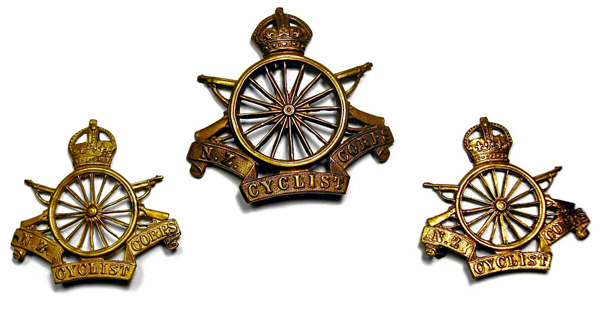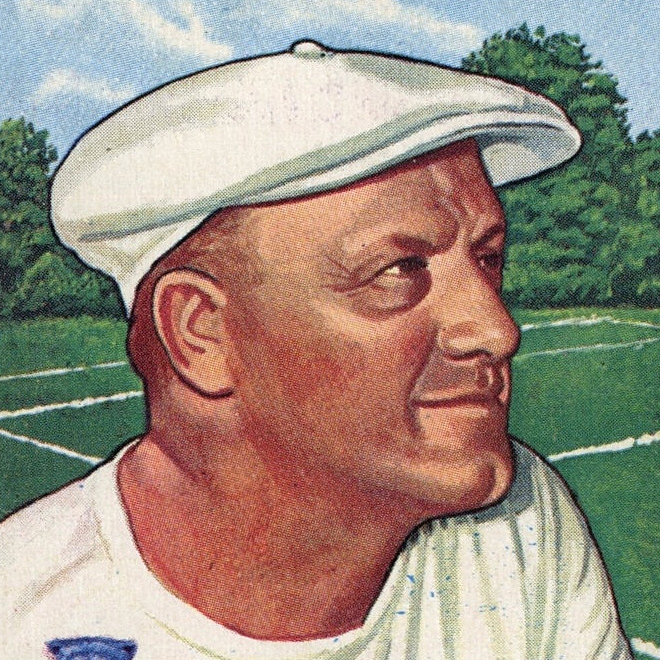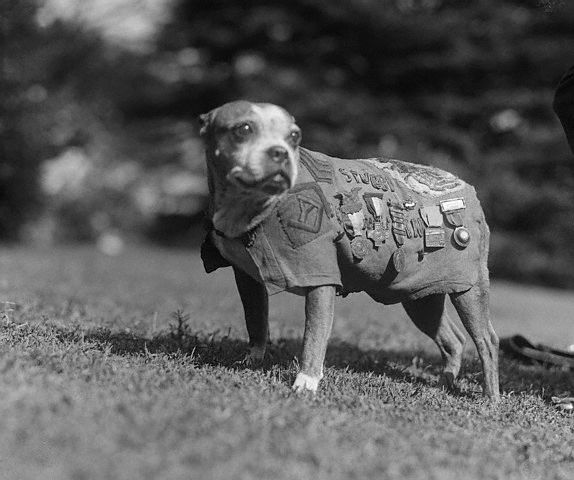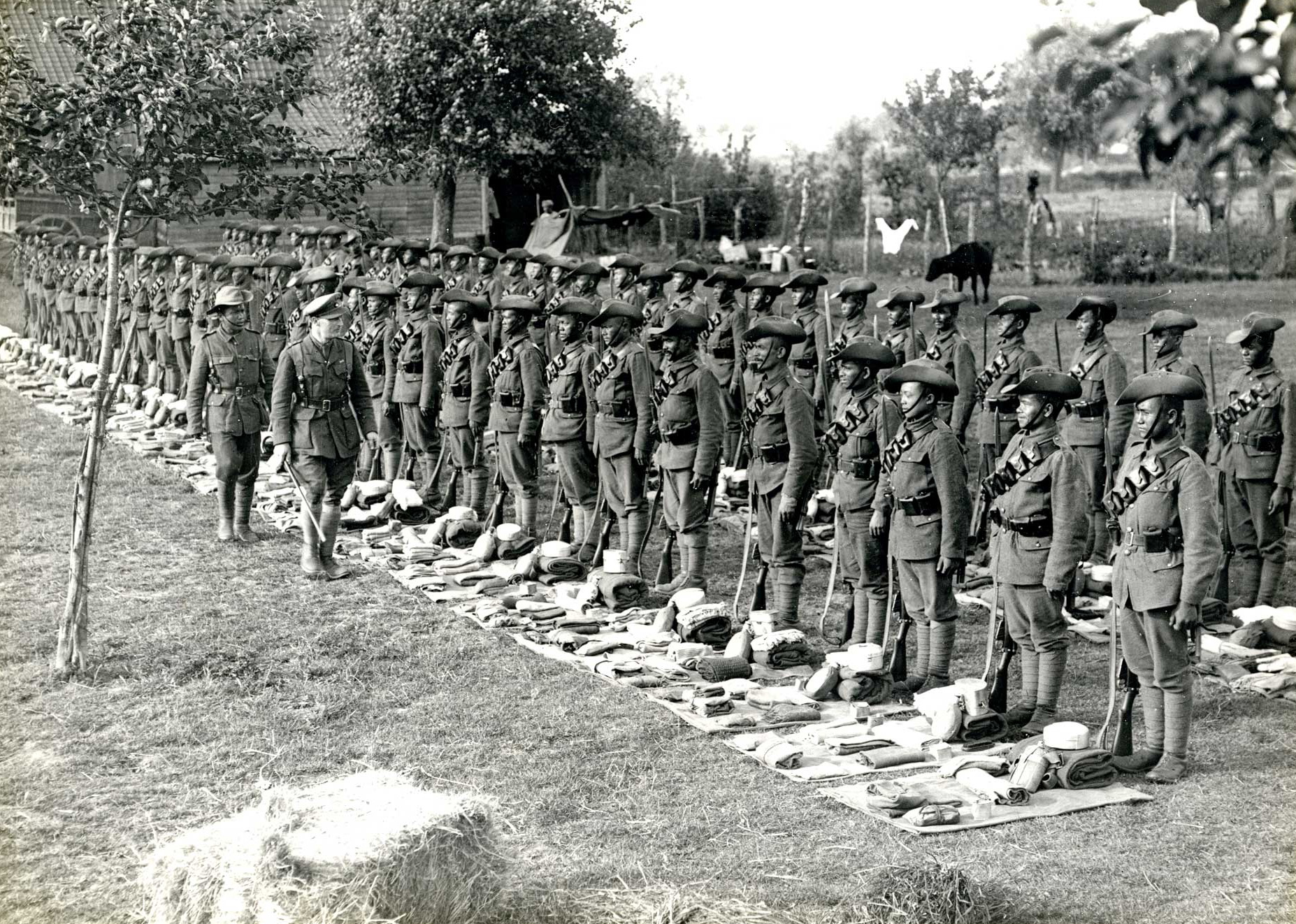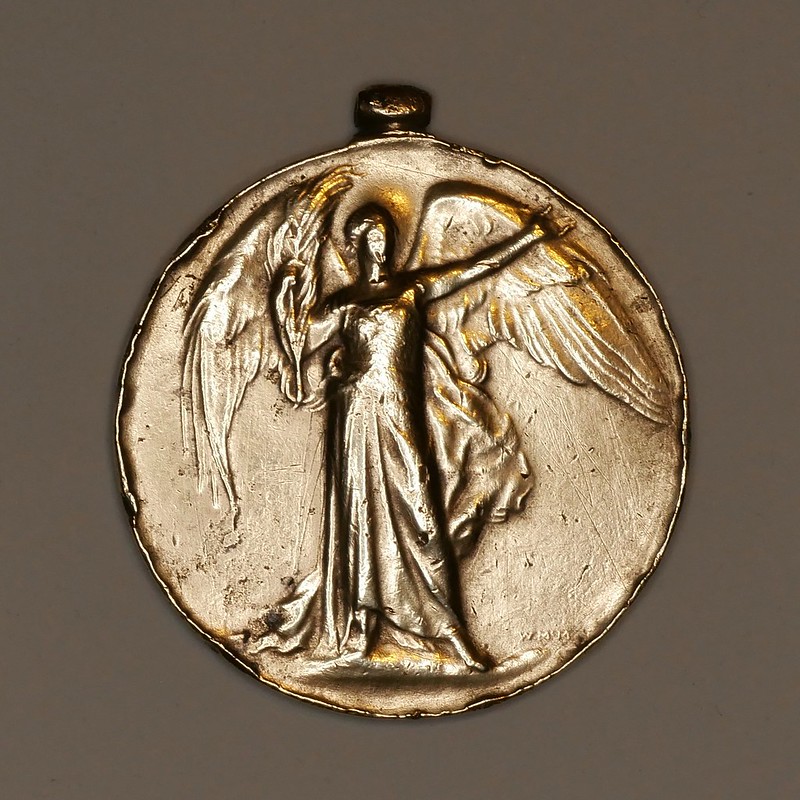Bicycles had been around for a while when thr First World War began. They are lighter, quieter and logistically easier to manage than horses, which need much by way of logistical support for its feeding and care. To the British, it soon became clear that the most mechanised army in the world could use this popular form of transport in the war effort.
The Cyclist Corps could move relatively quickly across poor ground and had long range, making them the perfect group for reconnaissance and communications. In this article, we’ll go through how these battallions were formed and used during WW1.
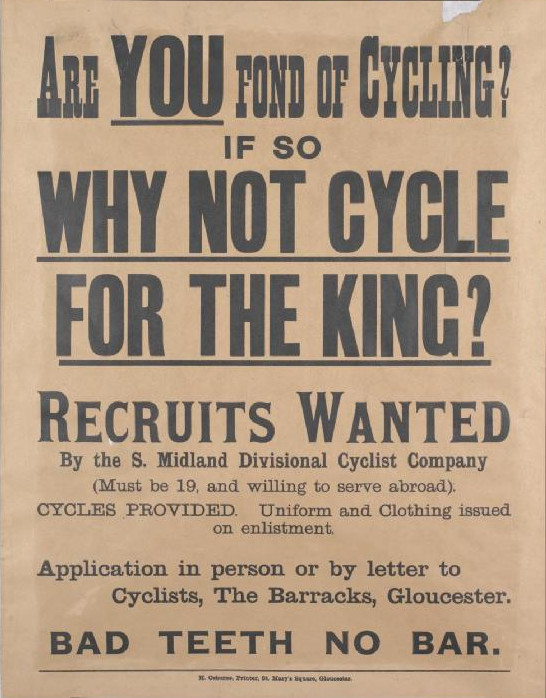
The Creation of the Cyclist Corps
In Great Britain, volunteer cyclist units had been formed as early as the 1880s. In 1888, for example, the first complete bicycle unit was raised, the 26th Middlesex Rifle Volunteers. These cyclists, while not deployed as organised combat formations, were still employed intermittently during the South African War.
When the Haldane reforms took place (a series of changes in the British Army named after the Secreatry of War Richard Burdon Haldane) the Volunteers, Yeomanry and the Militia Regiments were reorganised into the Territorial Force, forming nince battalions of cycists.
The members of the Territorial Forces could not be compelled to serve outside the country, as they had been created as a home defence force for service during wartime. However, in 1914 many members volunteered for Imperial Service, and the the units had to be split. One was liable for overseas service, and the other for home service for those unable or unwilling to serve overseas. A third line was later created to serve as a reserve.
Recruitment efforts in 1914-1915 aimed at attracting men who were already cyclists, or who were at least interested in things mechanical. On the eve of the First World War, the Territorial Force had a strength of fourteen cyclist battalions, the majority Territorial battalions as part of the regular infantry Regiments except for four: the Huntingdonshire, Highland, Northern and Kent Cyclists, who were independent.
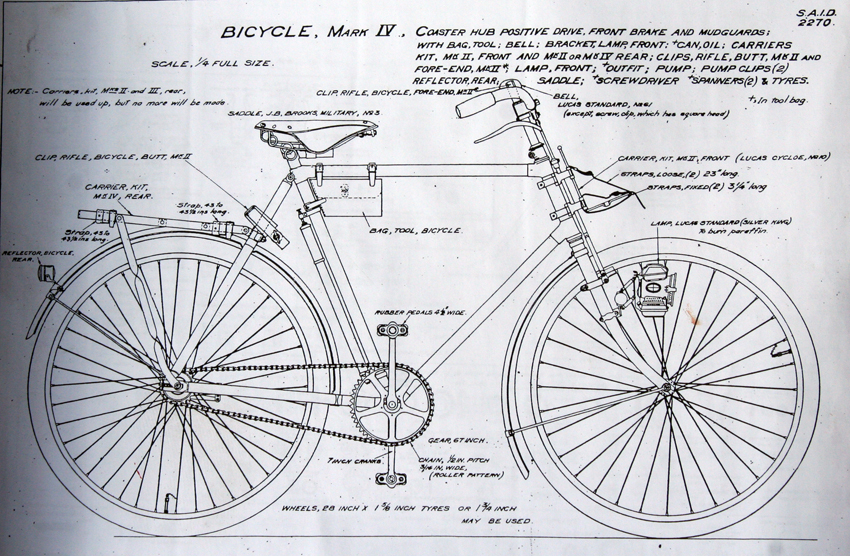
Among the regulations from 1907 for the use of bikes in the field of battle and in drilling and ceremonial occasions, we can find:
‘A cyclist standing with his cycle, with rifle attached to it, will salute with the right hand, as laid down in Section 19, returning the hand to the point of the saddle on the completion of the salute. When at ease, a cyclist, whether mounted or leading his bicycle, will salute by coming to attention, and turning his head to the officer he salutes. A party of cyclists on the march will salute on the command Eyes Right, which will be followed by Eyes Front, from the officer or NCO in charge.’
‘The rate of marching, excluding halts, will generally vary from 8 to 10 miles per hour, according to the weather, the nature of the country, and the state of the roads. A column of battalion size should not be expected to cover more than 50 miles in a day under favourable conditions.’
The Cyclist Corps in WW1
The cyclist battalions were first employed on Coastal Defences and to supply drafts of men to the regular forces in the United Kingdom. This task was crucial, so none of them were sent overseas then, and very few later, in small groups of men with the divisions possessing individual cyclist companies.
Cyclists were usually held back in preparation for the resumption of “normal” mobile warfare between action. They were employed in combat, but in conditions of trench warfare they were generally found to be ineffective, although they proved essential around 1918 for reconnaissance. The terrain on the Western Front was unsuitable for bikes and they were discarded early on with the unit. Still, the cyclist corps were armed as infantry and could provide mobile firepower, if required. Some battalions such as the Kent Cyclists were also converted to infantry and used for foreign service in India, usually working in the rear areas behind the front lines and in traffic control duties.
The 1st Kent Cyclist Battalion was the sole battalion to be awarded battle honours – The North West Frontier in 1917, Baluchistan in 1918 and later Afghanistan.
The Corps was disbanded in 1920 because cyclists were perceived as having little future value and the Corps. By 1922 all remaining Territorial cyclist battalions had been converted back to conventional units.
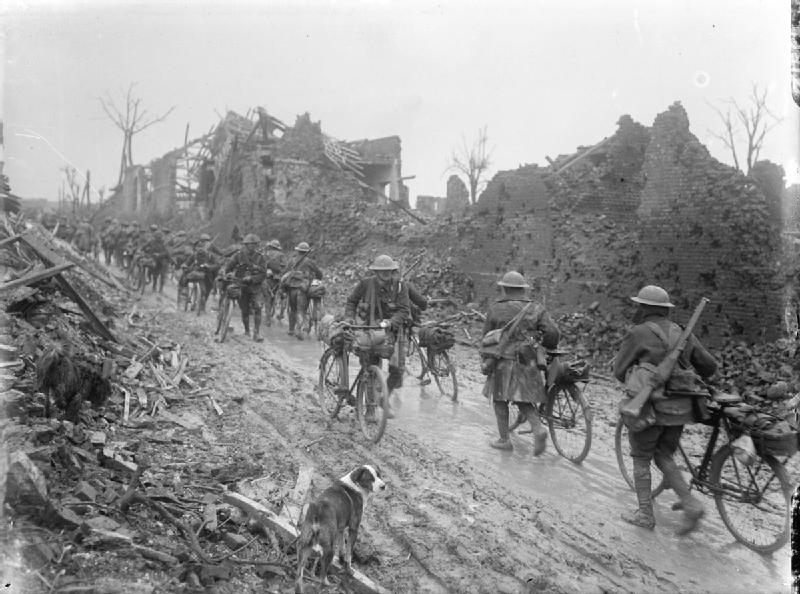
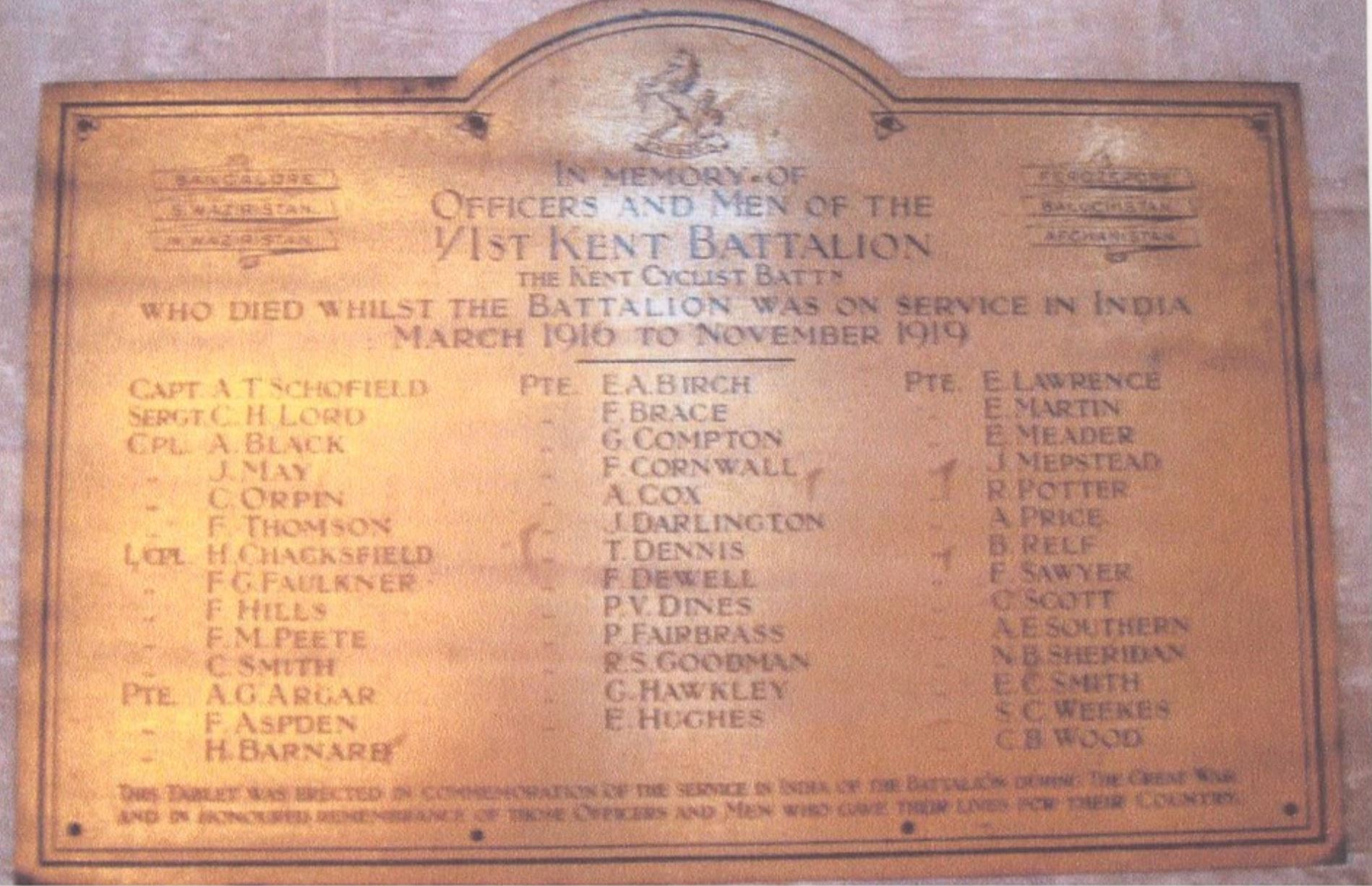
The Australian and New Zealand Cyclist Corps
The Australian Cycling Corps were used mainly as despatch riders, to conduct reconnaissance and do patrolling. They were formed in Egypt in 1916 as part of the Australian Imperial Force (AIF) following its evacuation from Gallipoli, and fought on the Western Front in France and Belgium during World War I. Each of its five infantry divisions was allocated a company of cyclists – every company with a headquarter and six cycle platoons with a total strength of 204 men.
Following their arrival in France, they were reorganised as corps troops, with the 1st and 2nd Cyclist Battalions being formed and attached to the I and II Anzac Corps. The 2nd Battalion included two companies of New Zealanders, and was commanded mostly by New Zealand officers. The unit arrived on the Western Front in July 1916 and participated in the Messines and Passchendaele offensives in 1917 and the Spring Offensive and Advance to Victory in 1918.
These cyclist battalions were first organised like the infantry (as despatch riders) and later operated in a manner similar to cavalry (doing reconnaissance and patrolling). The II Anzac Corps were particularly involved with burying telegraph cables, and at times served in the trenches as infantrymen.
In early 1918, the New Zealand Cyclist Corps was called upon to fight as infantry, taking part in important defensive actions in the Battle of the Lys (April) and offensive actions in the Second Battle of the Marne (July-August).
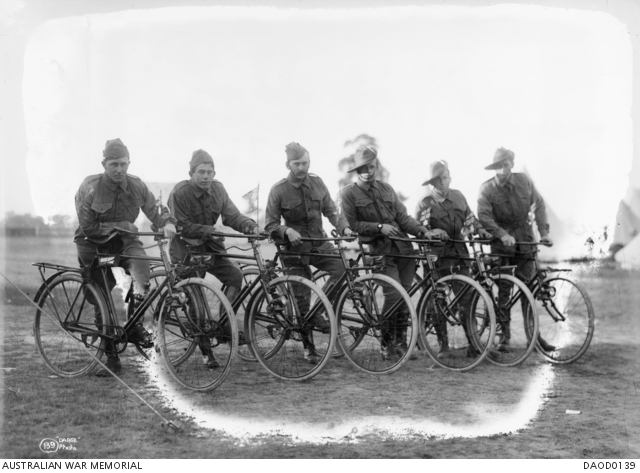
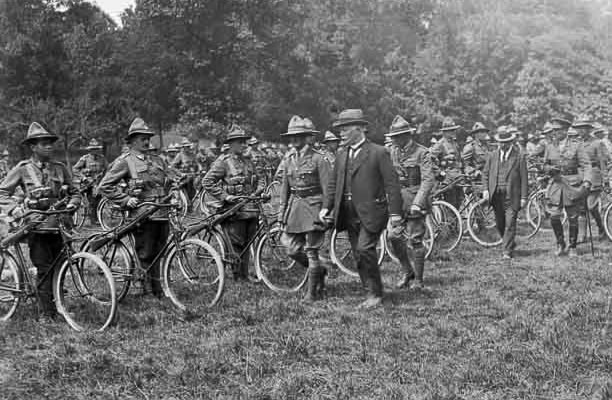
Remembering the Cyclist Corps
It’s not easy to determine how many men served in the various cyclist units during WW1. Some 20,000 names can be traced from the campaign medal rolls, but this does not include the many who served in units at home.
No regimental memorial has been built to commemorate the Cyclist Corps efforts. These men, working in the trenches, were in the most acute danger and carried out many acts of great bravery. Below are a few stories to honor them.
Pte William Liddell DCM
Pte William Liddell was a 33-year-old married man from Leith, Scotland. He served in the 9th Divisional Cyclist Company, after having been with the Seaforth Highlanders. His citation in the London Gazzette for the Distinguished Conduct Medal (junior only to the Victoria Cross) he received speaks of his action during the Battle of Loos in September 1915 at Madagascar. Sadly, Liddell would later die of wounds near Ypres on 25 February 1916.
‘Hearing a wounded man of another battalion, who was lying out in the open, calling for assistance, he, accompanied by Captain Campbell, jumped over the parapet and together they carried the wounded man to safety. Private Liddell’s clothing was hit in several places by enemy bullets.’
Jack Hales
Jack Hales was part of the Huntingdonshire Cyclist Batallion. He was involved in the Gallipoli landings and also served in Turkey and France. He left England shortly after the end of the war, moving to Canada then Australia before finally settling in New Zealand.
John Edward ‘Ned’ Shewry
John Edward “Ned” Shewry (1889-1962) was a world champion woodchopper from New Zealand. HIs good skills and technique with an axe caught the eye of the elder Eastern Taranaki bushman Hughie McLeod, who entered Shewry in his first chopping event. In 1911 he won in Eltham, the “Mecca of axemen”, and carried on his winning streak at a number of other chopping events around Taranaki and the King Country.
In 1915, Ned and his brother David joined the New Zealand Cycling Corps. He served in Egypt, France and Belgium and his service was recognised with the Military Medal for bravery, which he received for saving an officer’s life while under fire at Marfaux, France in 1918. Ned was wounded twice and was even buried alive – only the quick actions of his friends saved him from suffocation. He didn’t totally abandon his axe. He joked that he only received the Military Medal ‘because I kept the cookhouse supplied with kindling wood!’
Tragically, his brother David died from injuries received in France in 1917. Ned was twice wounded in battle, but when he returned home he was a fit man keen to return to the woodchopping arena.

